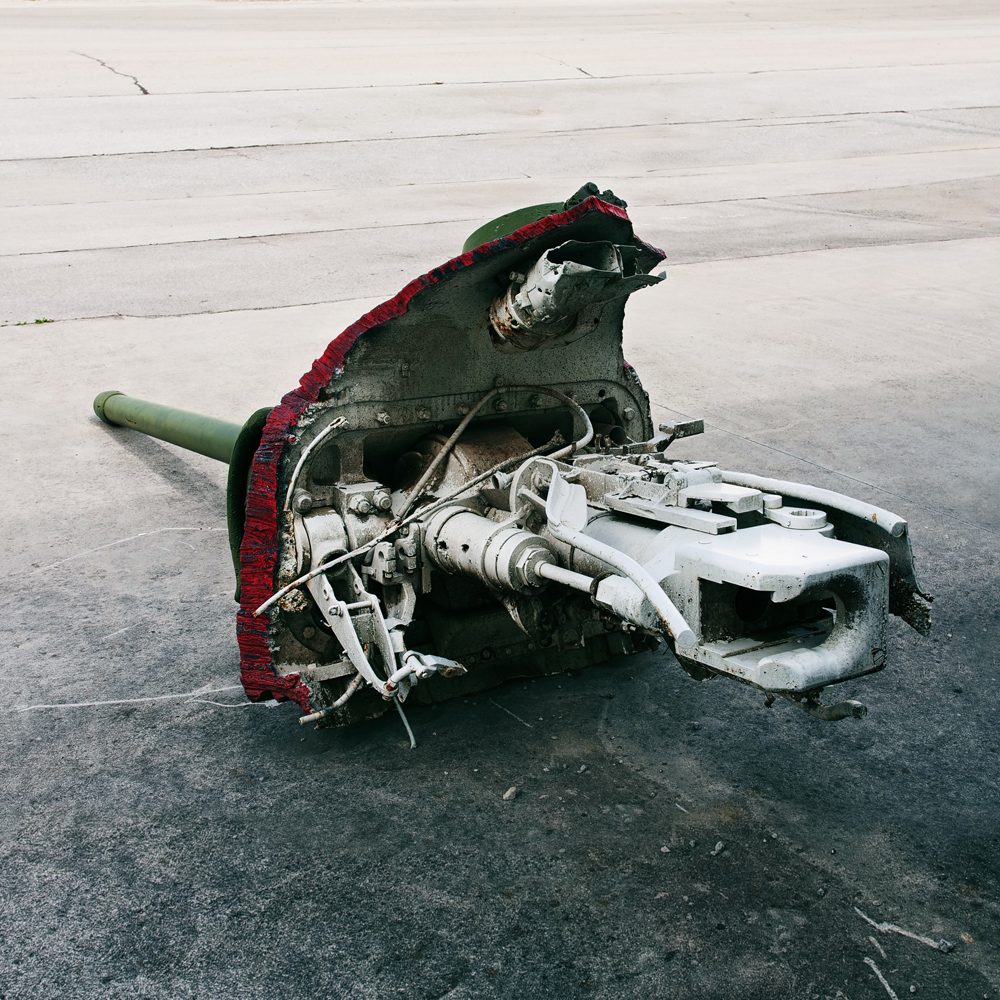Type: Tank Destroyer
Nation: Soviet Union
Period: World War 2
Location: Mahn- und Gedenkstätte Ravensbrück, Fürstenberg/Havel, Germany

Inspired by the German turretless StuG assault guns, the Soviet Union had started to develop a similar vehicle based on the T-34 chassis in the summer of 1942. The resulting SU-122 was equipped with a short 122 mm howitzer in a fixed superstructure. “SU” stands for “Samokhodnaya Ustanovka” (= self-propelled installation). This vehicle however was not very effective against tanks, which is why in mid-1943 a version with a long-barrelled 85 mm anti-tank gun was successfully tested – thus creating the SU-85, the Soviet Union’s first dedicated tank destroyer.
But when the T-34/85 with the same gun was put into service in early 1944, the SU-85 became somewhat redundant. It was cheaper and easier to make than a turreted tank, but apart from that it had its disadvantages. Therefore in September 1944 production of an upgraded version started. The new SU-100 was carrying the 100 mm D-10S, an adapted naval gun which could knock out even the heaviest German tanks. For better protection the frontal armour was increased from 45 mm to 75 mm.
The SU-85 and SU-100 look quite similar on the outside, but besides having a much longer gun barrel the SU-100 can be identified by the higher drum-shaped commander’s cupola taken from the T-34/85, which prominently protrudes from the side of the hull. This relocation was necessary to fit the larger weapon into the casemate.
This particular vehicle was most likely produced after the end of the war, because the storage bin on the front right fender was not present on wartime vehicles. It is possible that it actually is a Czech licence-built SD-100. Whatever it is, it is located near the entrance to the infamous Ravensbrück concentration camp exclusively for women. Between 1939 and 1945 it held about 132,000 prisoners, many of whom were forced to work as slaves and were subjected to gruesome medical experiments. Around 28,000 of the incarcerated women died in the camp before it was liberated by the Red Army on 30 April 1945, the same day Hitler shot himself. In 1959 the site became the Mahn- und Gedenkstätte Ravensbrück.
